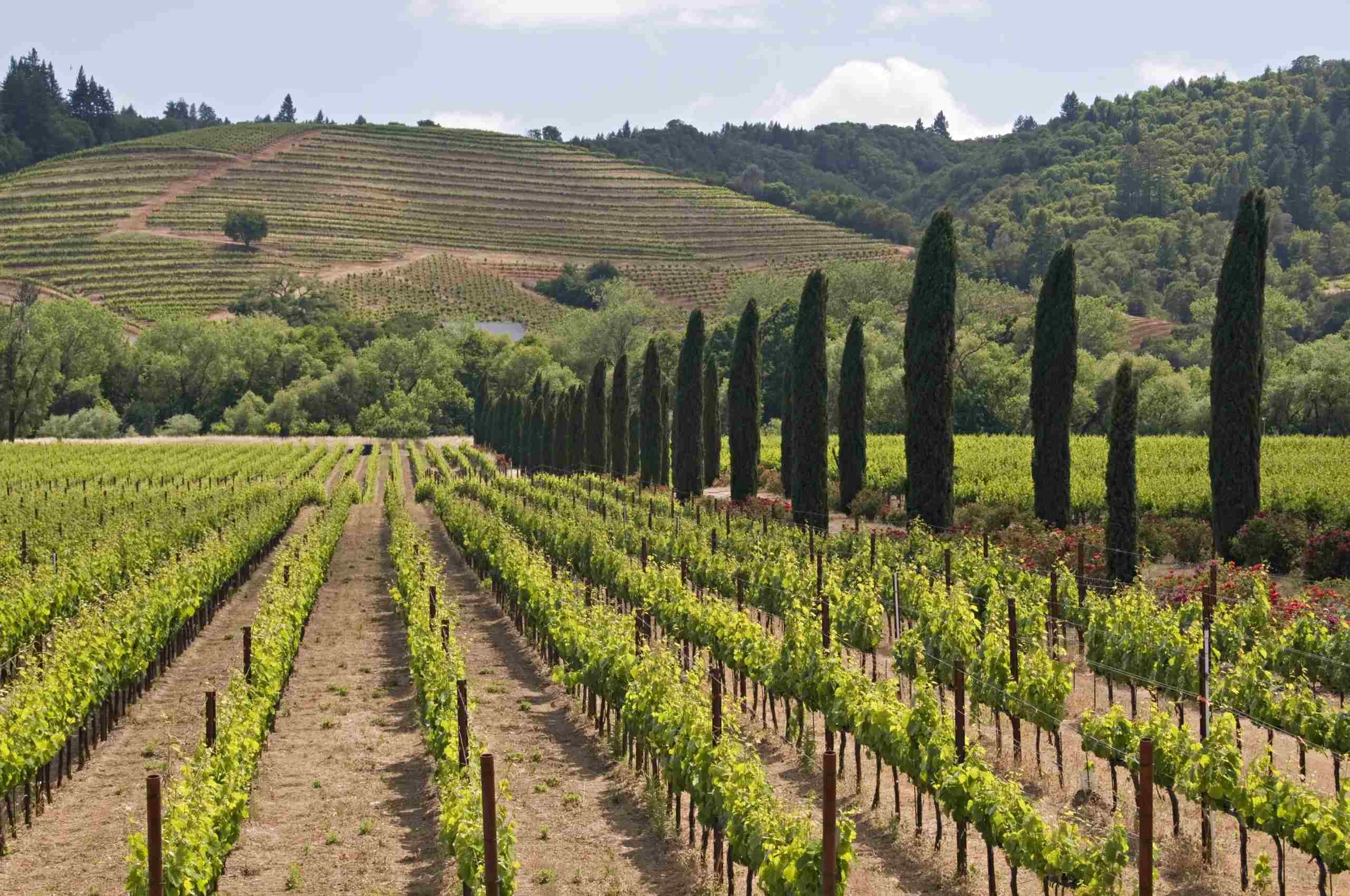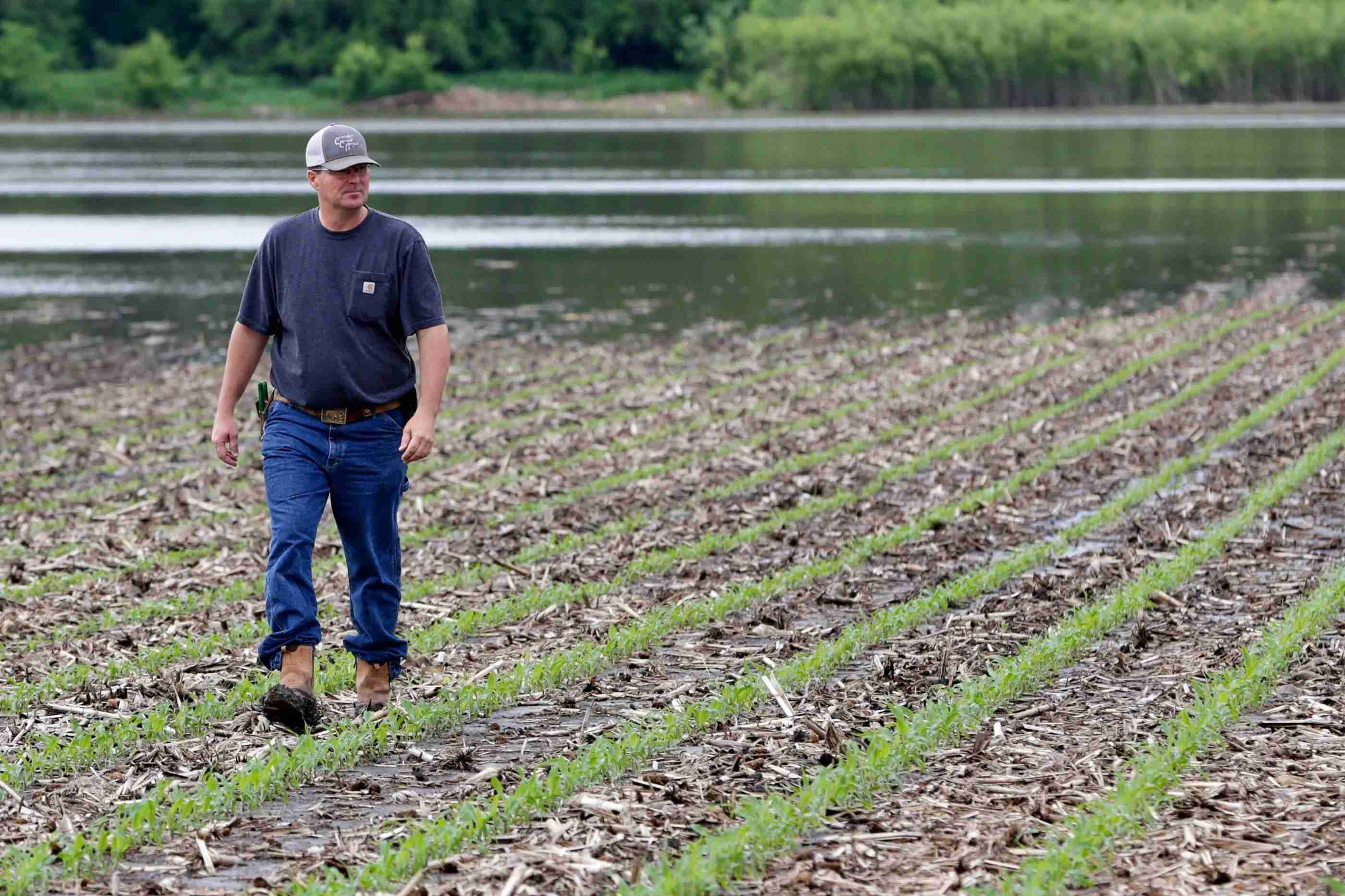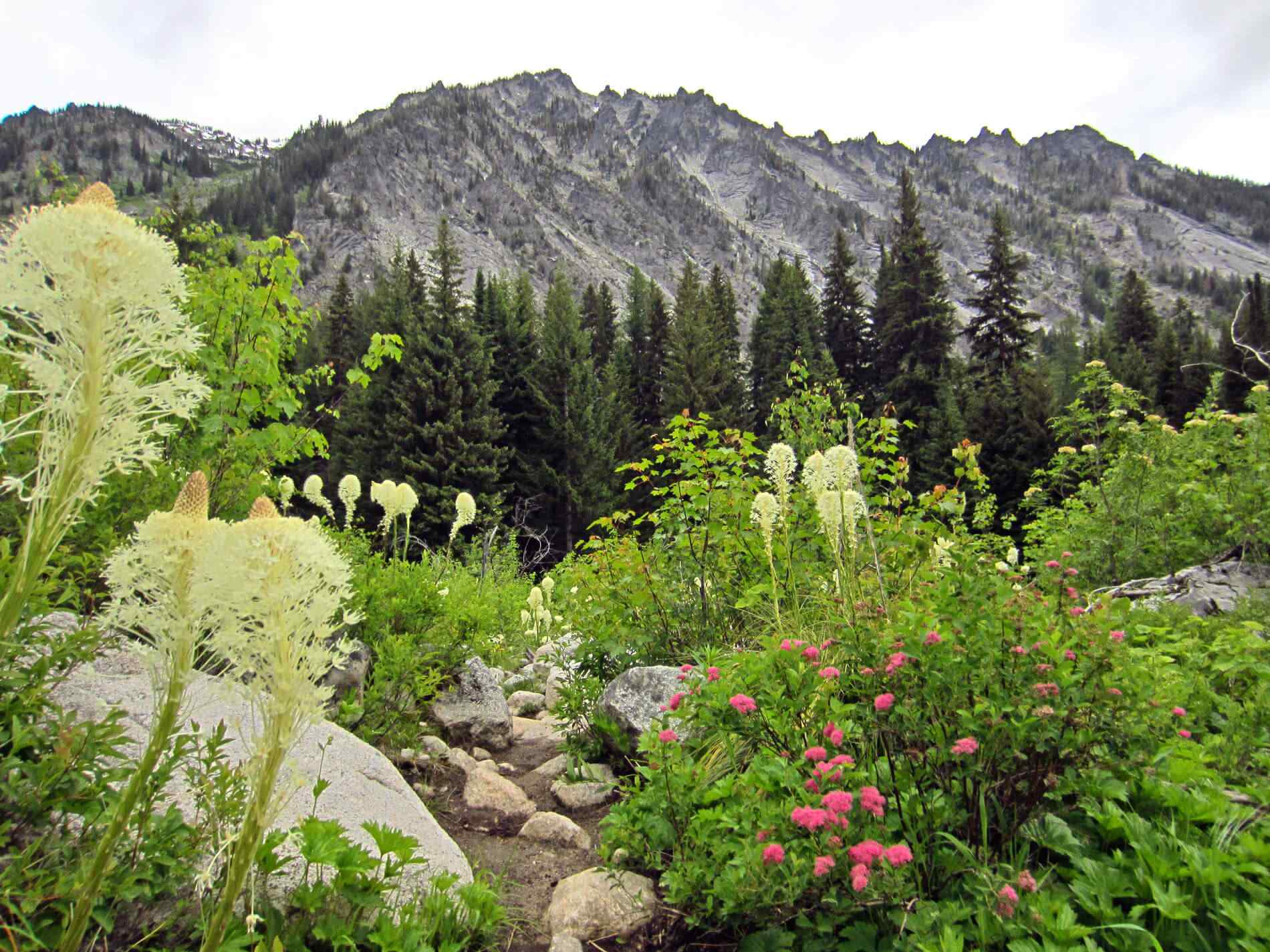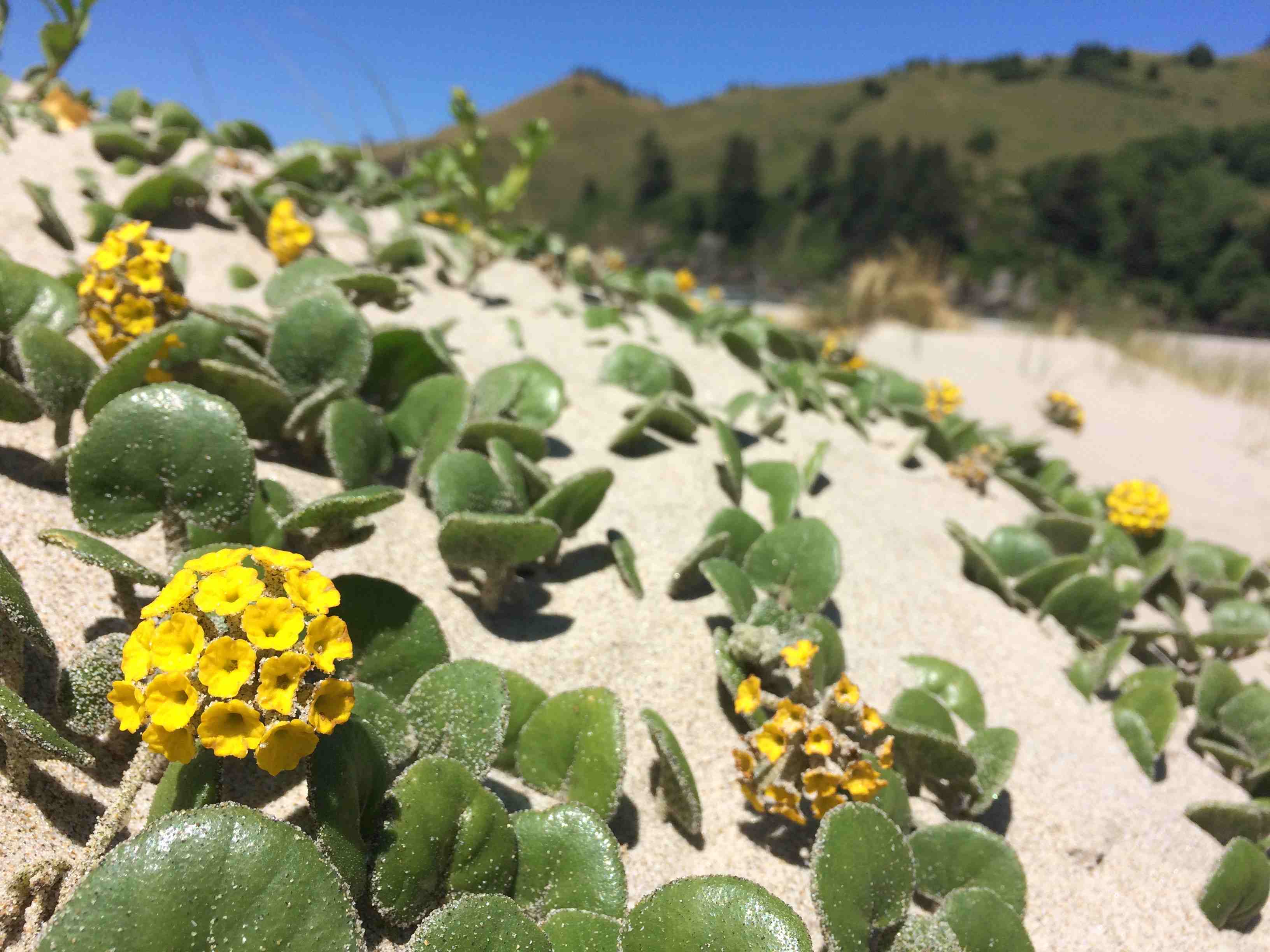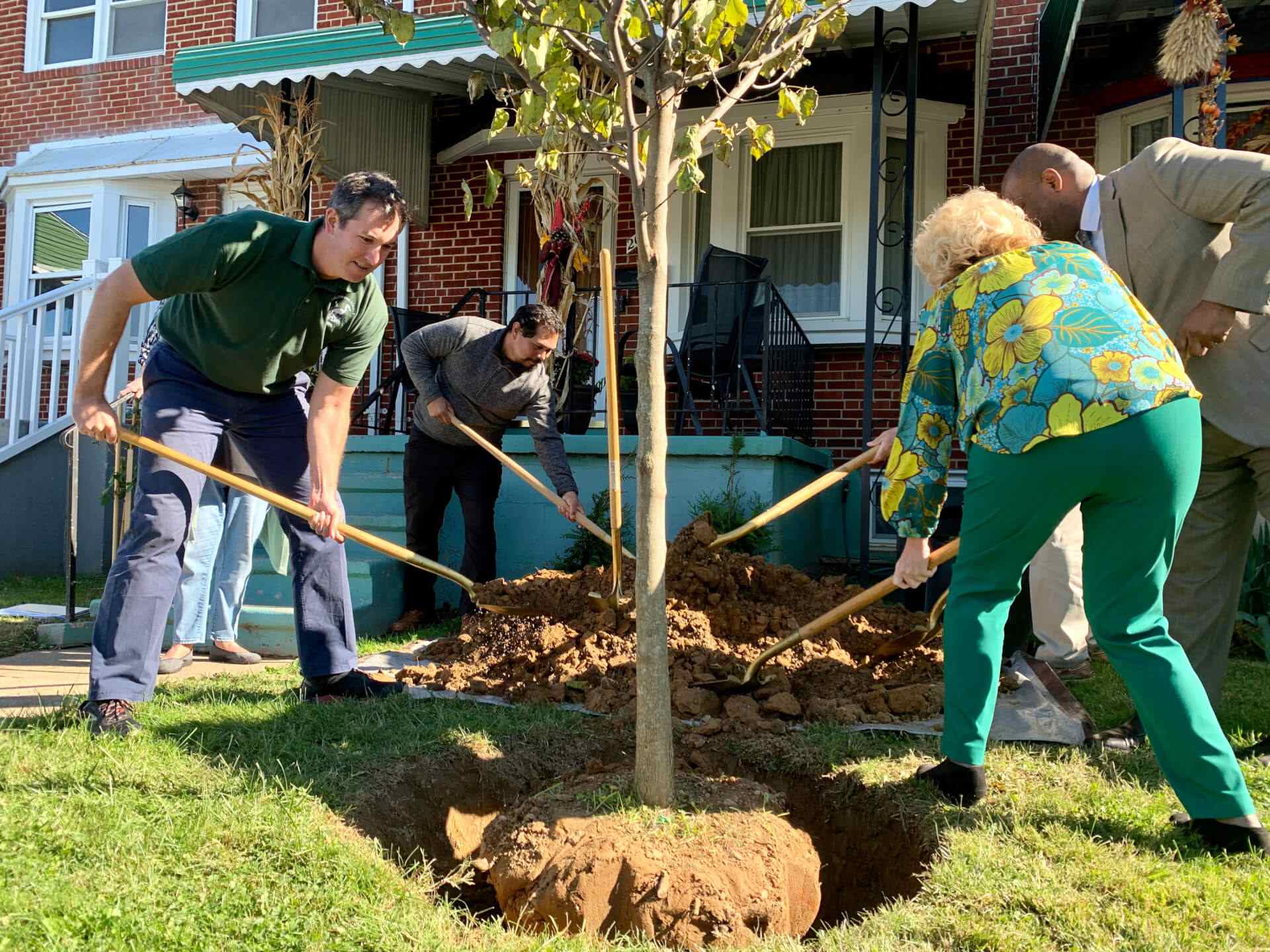Home>Gardening Basics>Understanding Soil>What Zone Is Louisiana In For Planting


Understanding Soil
What Zone Is Louisiana In For Planting
Modified: January 22, 2024
Understanding soil and planting zones in Louisiana. Find out which zone is best for planting and how soil type affects plant growth.
(Many of the links in this article redirect to a specific reviewed product. Your purchase of these products through affiliate links helps to generate commission for Chicagolandgardening.com, at no extra cost. Learn more)
Table of Contents
Introduction
When it comes to successful gardening and landscaping, understanding the soil is crucial. Soil plays a vital role in providing nutrients, water retention, and support for plant growth. Having a deep understanding of soil composition and its properties allows gardeners to make informed decisions about plant selection, soil preparation, and fertilization.
In this article, I will delve into the fascinating world of soil and provide valuable insights into its importance for gardening and landscaping. Whether you are a seasoned gardener or just starting out, this information will help you optimize your soil conditions and achieve thriving plants.
Improving your understanding of soil will not only enhance your gardening skills but also contribute to a more sustainable and eco-friendly approach. By tailoring your gardening practices to the specific needs of the soil, you can minimize the use of synthetic fertilizers and promote healthy, vibrant plant growth naturally.
Throughout this article, I will cover the different types of soil, their composition, and how they influence plant growth. We will explore the factors that affect soil health, such as pH levels, drainage, and organic matter content. Additionally, I will provide practical tips and techniques for testing and amending soil to create an ideal environment for your plants.
So whether you are planning to grow vegetables, flowers, or create a lush green lawn, buckle up and get ready to dive deep into the world of soil. With the knowledge and understanding gained from this article, you will be well-equipped to cultivate a bountiful and thriving garden.
USDA Plant Hardiness Zones Explained
Before we dive into the specific planting zones in Louisiana, let’s first understand what USDA Plant Hardiness Zones are and why they are important. The United States Department of Agriculture (USDA) has developed a map that divides the country into different zones based on average annual minimum temperatures. These zones provide gardeners and landscapers with a framework to determine which plants are most likely to thrive in a particular area.
The USDA Plant Hardiness Zones can be seen as a guide to help gardeners make informed decisions about the types of plants that are suitable for their region’s climate. Each zone has a specified range of temperatures, and plants that are adapted to withstand the lowest temperatures in that range are more likely to survive and flourish in that zone.
It’s essential to note that the USDA Plant Hardiness Zones are based solely on temperature data and do not take into account other climatic factors such as rainfall or humidity. These zones are primarily intended to help gardeners assess the cold hardiness of plants and determine their suitability for a specific location. However, it is still important to consider other factors like soil conditions, sunlight exposure, and moisture requirements when selecting plants for your garden.
The USDA Plant Hardiness Zone map is divided into 13 zones, ranging from Zone 1 (coldest) to Zone 13 (hottest). Each zone is further divided into subzones, denoted by letter designations “a” and “b,” to provide more specific temperature ranges. These zones are based on historical temperature data from various weather stations across the country, making them a reliable tool for gardeners and plant enthusiasts.
By understanding the USDA Plant Hardiness Zones, gardeners can select plants that are better adapted to their local environment, increasing the chances of successful growth and reducing the risk of plant loss due to extreme temperatures. It also helps in determining the appropriate timing for planting and protects plants from sudden temperature drops or heatwaves.
Now that we have a basic understanding of USDA Plant Hardiness Zones, let’s explore the specific planting zones in Louisiana and how they impact gardening in the state.
Louisiana’s Climate and Planting Zones
Louisiana, located in the southern part of the United States, has a diverse climate that influences its planting zones. The state experiences a humid subtropical climate, characterized by hot, humid summers and mild winters. This climate lends itself to a wide range of plant species, making Louisiana a haven for gardeners and landscapers.
Louisiana is divided into three main planting zones: Zone 8, Zone 9, and Zone 10. These zones are determined by the USDA Plant Hardiness Zone map we discussed earlier and provide a general idea of the average minimum winter temperatures in different regions of the state.
Zone 8 covers the northern part of Louisiana, including cities like Shreveport, Monroe, and Alexandria. This zone experiences winter temperatures down to 10 to 20°F (-6 to -12°C). While the summers in Zone 8 can be hot and humid, the mild winter temperatures allow for a more extended growing season compared to colder zones.
Zone 9 encompasses the central region of Louisiana, including the cities of Baton Rouge and Lafayette. In this zone, winter temperatures rarely drop below 20 to 30°F (-6 to -1°C), providing gardeners with an even longer growing season. Zone 9 is known for its fertile soils and abundant rainfall, making it suitable for a wide variety of plants, including tropical and subtropical species.
Finally, Zone 10 covers the southernmost part of Louisiana, including New Orleans and the coastal areas. This zone experiences very mild winters, with temperatures staying above freezing. The abundant sunshine and high humidity make this region ideal for growing a wide range of tropical and subtropical plants that thrive in warm and humid conditions.
It’s important to note that while these planting zones provide a general guide, microclimates can exist within specific areas of Louisiana. Factors such as elevation, proximity to bodies of water, and urban heat islands can influence local temperatures and growing conditions. It’s always advisable to observe the conditions in your specific location and consult with local gardening experts to determine the best plants for your area.
Understanding Louisiana’s planting zones allows gardeners to select plants that can withstand the specific temperature ranges and climatic conditions of their region. This knowledge helps in choosing the right plant varieties, ensuring successful growth and a beautiful landscape.
The USDA Plant Hardiness Zones in Louisiana
As mentioned earlier, Louisiana is divided into three main USDA Plant Hardiness Zones: Zone 8, Zone 9, and Zone 10. Each of these zones represents a specific range of average minimum winter temperatures and provides valuable information for gardeners and plant enthusiasts in the state.
In Zone 8, which covers the northern part of Louisiana, including cities like Shreveport, Monroe, and Alexandria, the average minimum winter temperature ranges from 10 to 20°F (-6 to -12°C). This zone experiences moderately cold winters, and gardeners should select plants that can withstand these temperatures. Some suitable plant options for Zone 8 include azaleas, camellias, crape myrtles, and various fruit trees such as peach and apple.
Moving to Zone 9, which includes the central region of Louisiana, including Baton Rouge and Lafayette, the average minimum winter temperature ranges from 20 to 30°F (-6 to -1°C). This zone offers milder winters and a longer growing season. In Zone 9, gardeners can enjoy a wide variety of plants, including roses, magnolias, citrus trees, and a range of vegetables such as tomatoes, peppers, and herbs.
Lastly, Zone 10 covers the southernmost part of Louisiana, including New Orleans and the coastal areas. In this zone, the average minimum winter temperature stays above freezing. The warm and humid climate of Zone 10 creates an ideal environment for tropical and subtropical plants. Gardeners in this zone can grow plants such as palm trees, bougainvillea, hibiscus, and tropical fruit trees like mango and banana.
When planning your garden in Louisiana, it’s important to consider not only the USDA Plant Hardiness Zones but also other factors such as rainfall, humidity levels, and soil conditions. These additional factors further influence the success and health of your plants. A local nursery or gardening expert can provide valuable insights into specific plant varieties that are well-suited to Louisiana’s diverse climate.
By understanding the USDA Plant Hardiness Zones in Louisiana, gardeners can make informed decisions about the plants they choose to grow. Selecting plants that are adapted to the specific temperature ranges and climatic conditions of their zone increases the likelihood of successful growth and ensures a vibrant and thriving garden.
Factors Affecting Planting Zones in Louisiana
While the USDA Plant Hardiness Zones provide a useful framework for understanding the general temperature ranges in different regions of Louisiana, it is important to consider other factors that can influence planting zones within the state.
One of the key factors that affect planting zones is rainfall. Louisiana receives a significant amount of rainfall throughout the year, with the southern region experiencing higher average annual rainfall compared to the northern parts. The availability of water can impact the types of plants that thrive in a particular area, as some plants require more water while others are more drought-tolerant.
Another important factor is humidity. Louisiana’s humid subtropical climate is known for its high levels of humidity, especially during the summer months. Humidity affects plant health and growth, as some plants are more susceptible to fungal diseases and heat stress in high humidity environments. It is important to select plants that can tolerate or thrive in humid conditions.
Soil composition and drainage also play a significant role in determining planting zones. Louisiana has a variety of soil types, including clay, sand, and loam. Clay soils tend to retain more moisture and have slower drainage, while sandy soils drain quickly and dry out faster. The ability of the soil to hold moisture, its nutrient content, and pH levels can affect the types of plants that can grow successfully.
Microclimates can further influence planting zones within Louisiana. Microclimates are small-scale variations in climate that occur within a larger region, and they can be influenced by factors such as elevation, topography, and proximity to bodies of water. For example, areas near large bodies of water like lakes or the Gulf of Mexico may experience milder temperatures compared to inland areas.
Urban heat islands can also impact planting zones, especially in cities and densely populated areas. Urban areas tend to have higher temperatures due to the abundance of concrete and asphalt, which absorb and radiate heat. These heat islands can create localized warmer zones that may differ from the surrounding areas.
When planning your garden or selecting plants in Louisiana, it is essential to consider these additional factors that can affect planting zones. Taking into account rainfall patterns, humidity levels, soil composition, and any microclimate variations in your specific area will help you make more informed decisions and choose plants that are best suited for your location.
Best Plants for Louisiana’s Planting Zones
With its diverse climate and planting zones, Louisiana offers a wide range of plant options for gardeners and landscapers. Here are some of the best plants that thrive in Louisiana’s planting zones:
- Azaleas: Azaleas are a beloved flowering shrub that thrives in Louisiana’s Zone 8. They come in a variety of colors and bloom in the spring, adding a vibrant touch to any garden.
- Roses: Roses are a classic choice for gardens in Zone 9. They come in a variety of types, including hybrid teas, floribundas, and climbers, offering a spectrum of colors and fragrances.
- Citrus Trees: Louisiana’s mild winters in Zone 9 make it an ideal region for growing citrus trees like oranges, lemons, and limes. These trees provide fresh fruit and add a tropical aesthetic to the garden.
- Herbs: Zone 9 is also perfect for growing various herbs such as basil, oregano, and mint. These aromatic herbs can be used in cooking and also add beauty and fragrance to the garden.
- Palm Trees: With its warm and humid climate, Zone 10 in southern Louisiana is an excellent environment for tropical plants like palm trees. Palms can create a tropical oasis in the garden and provide shade with their majestic fronds.
- Bougainvillea: Bougainvillea is a stunning flowering plant that thrives in the hot and sunny conditions of Zone 10. Its vibrant blooms in shades of pink, purple, and red make a gorgeous display.
- Tropical Fruit Trees: Zone 10 allows for the cultivation of tropical fruit trees such as mangoes, bananas, and papayas. These trees produce delicious and exotic fruits that thrive in warm and humid environments.
Aside from these specific plants, it’s essential to consider native plants as well. Native plants are well-adapted to the local climate and require less maintenance and water once established. Some native plant options in Louisiana include Louisiana iris, Louisiana phlox, and swamp mallow.
When selecting plants for your garden, consider factors such as sunlight exposure, soil type, and water requirements. Some plants may prefer full sun, while others thrive in partial shade. Similarly, some plants are more suitable for well-drained sandy soils, while others can tolerate heavier clay soils.
Consult with local nurseries, gardening experts, and extension services as they can provide valuable insights into plant suitability for your specific planting zone. They can also offer recommendations based on your preferences and the specific conditions of your garden.
By choosing plants that are well-suited to Louisiana’s planting zones, you can create a beautiful and thriving garden that celebrates the state’s unique climate and adds natural beauty to your outdoor space.
Conclusion
Understanding soil and planting zones is essential for successful gardening and landscaping in Louisiana. By delving into the world of soil composition, properties, and factors affecting planting zones, you can make informed decisions about plant selection and care.
The USDA Plant Hardiness Zones provide a framework for understanding the temperature ranges in different regions of Louisiana. However, it is crucial to consider other factors such as rainfall, humidity, soil composition, and microclimates when planning your garden.
In Louisiana, Zone 8, Zone 9, and Zone 10 are the main planting zones. Each zone has its own unique conditions, and selecting plants that are well-adapted to these zones increases the likelihood of successful growth and flourishing gardens.
Some of the best plants for Louisiana’s planting zones include azaleas, roses, citrus trees, herbs, palm trees, bougainvillea, and tropical fruit trees. Native plants are also excellent choices, as they are well-adapted to the local climate and require less maintenance.
By considering sunlight exposure, soil type, and water requirements, you can create a garden that thrives in Louisiana’s diverse climate. Consulting with local experts and nurseries can provide valuable insights and recommendations for plant selection.
So, whether you’re an experienced gardener or just starting out, take the time to get to know your soil and understand the planting zones in Louisiana. With this knowledge, you can create a beautiful and sustainable outdoor space, filled with plants that thrive in your specific region. Happy gardening!
